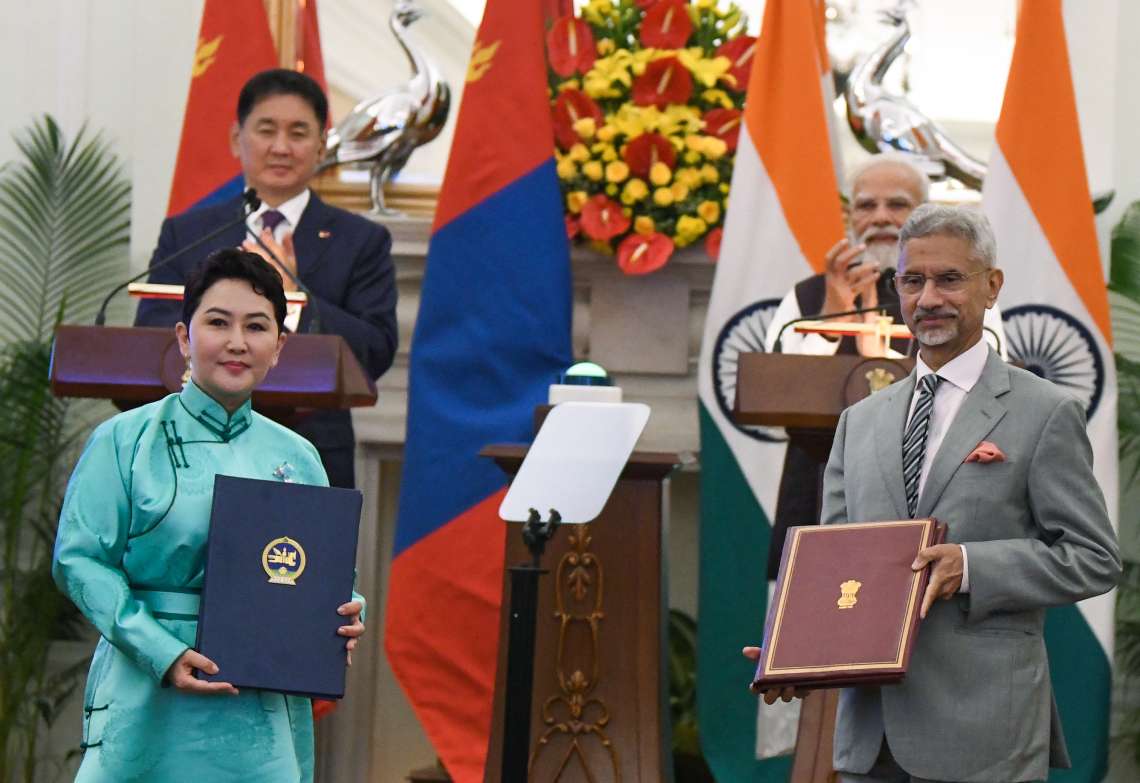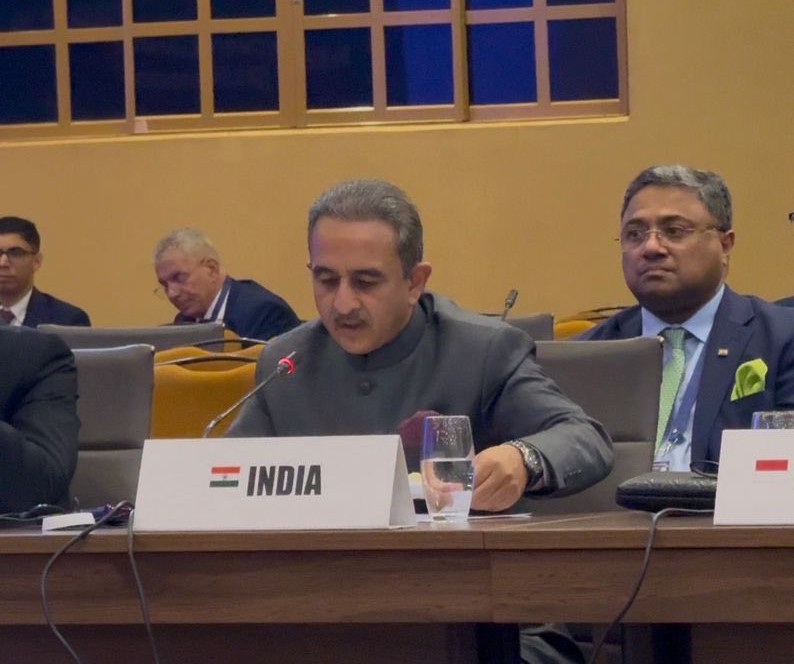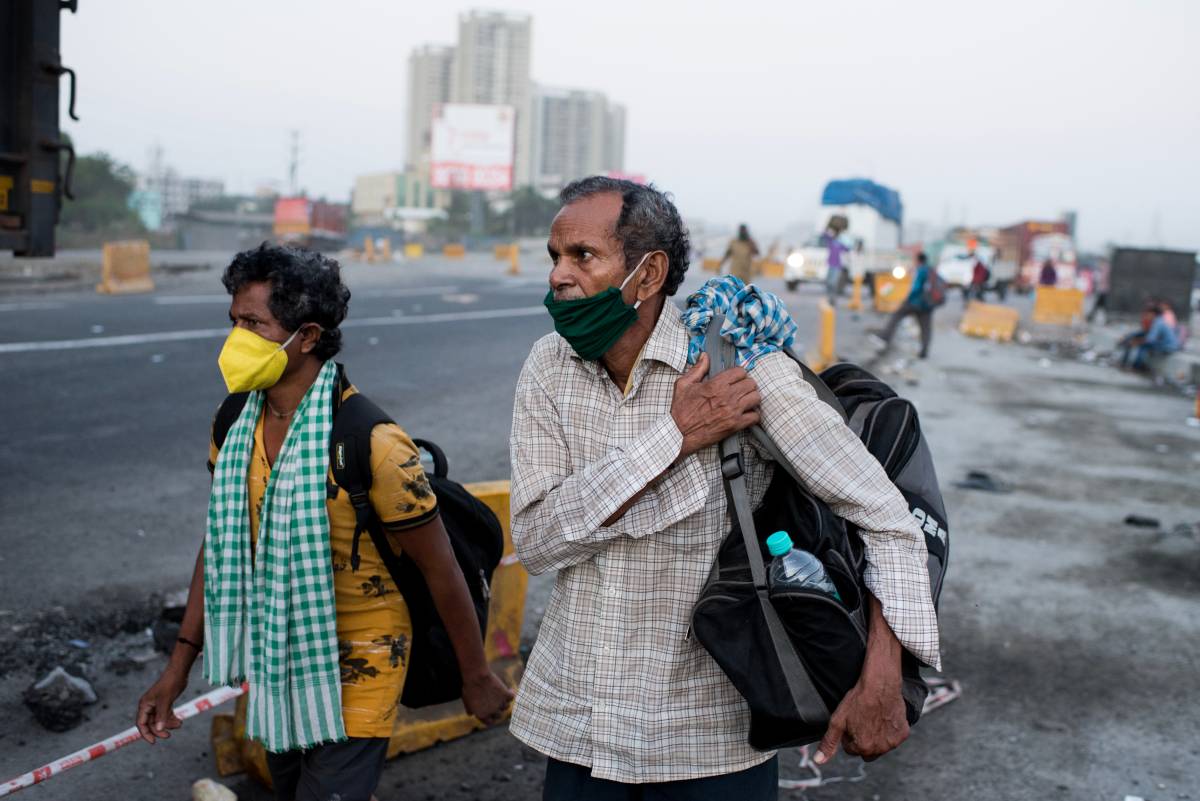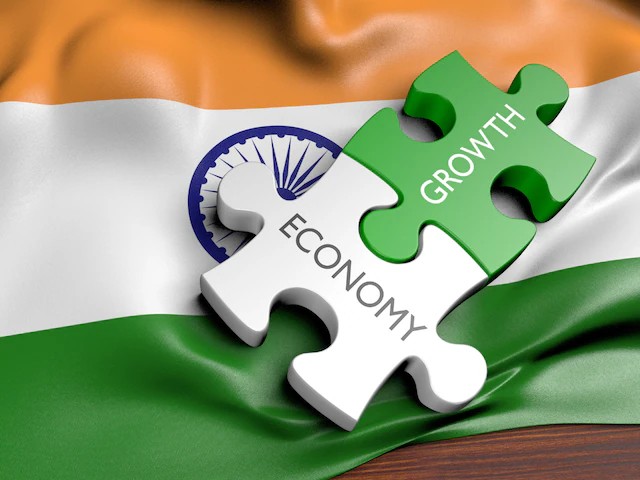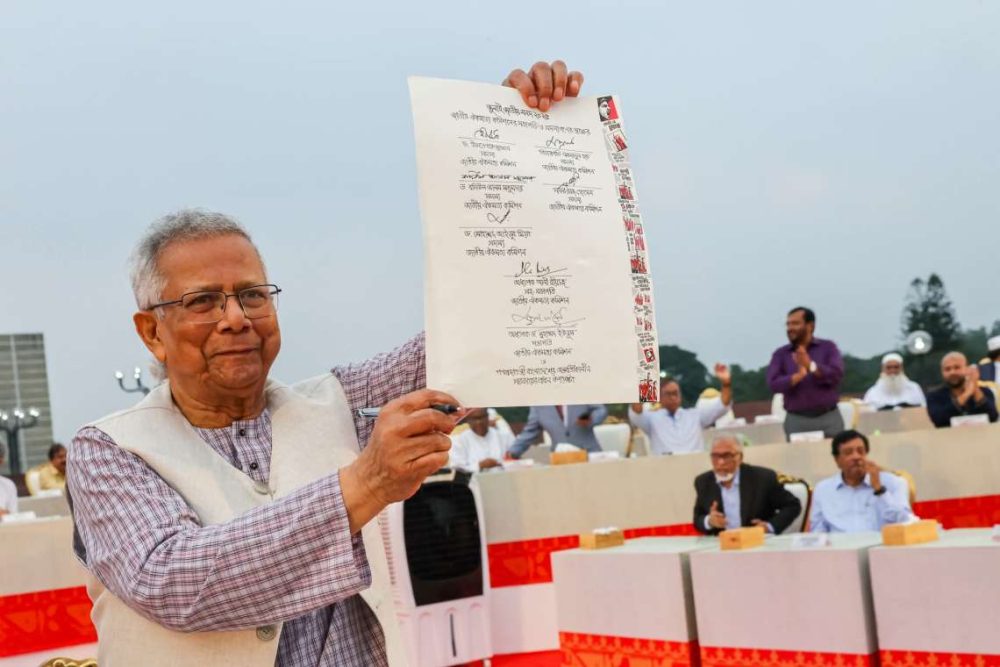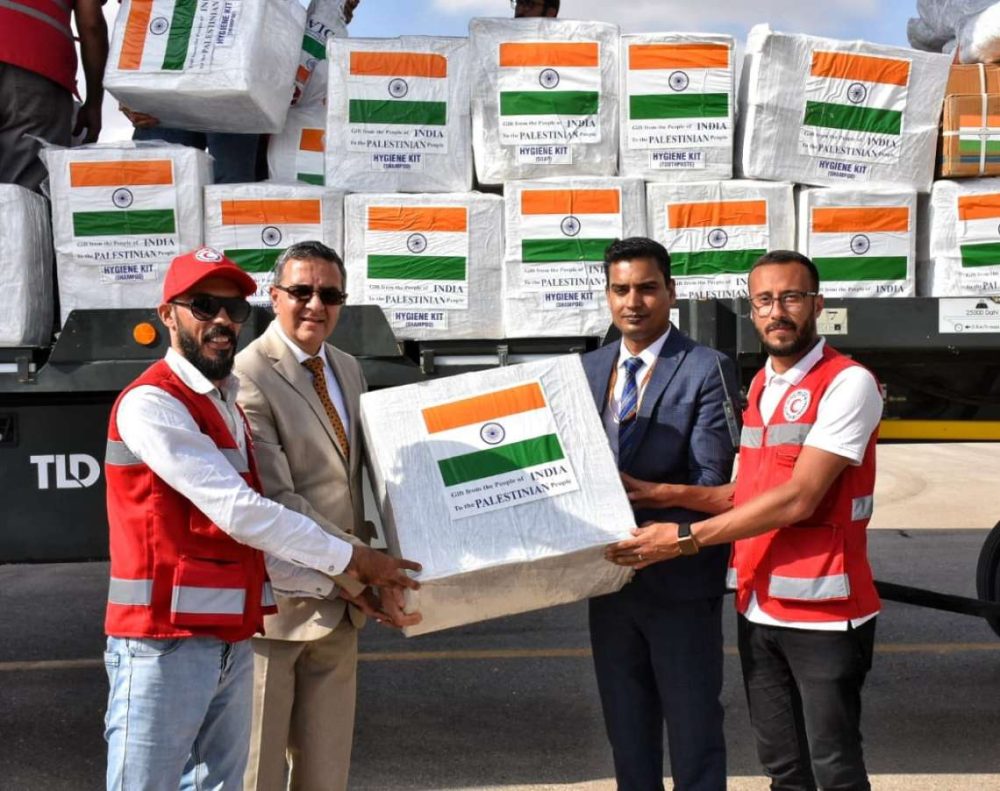Reports are emerging from across the country of hospitals running out of ICU beds, and crucial supplies such as oxygen cylinders, reports Asian Lite News
The number of active cases in India on Tuesday crossed the two million mark as the mammoth surge of new infections continued to push the overburdened health care system to limits. Reports are emerging from across the country of hospitals running out of ICU beds, and crucial supplies such as oxygen cylinders.
The latest in the series of grim landmarks for the country comes only 10 days after active cases in the country crossed the 1 million active cases mark on April 10.
As of Tuesday morning, there were a total of 2,59,170 active cases across the country, the highest active caseload ever recorded in India since the start of the outbreak in March last year.
For the third day running, India’s daily case tally remained above the quarter million mark as 2,56,596 new cases were reported, while a record 1,757 daily deaths were lodged. India’s overall caseload has now reached 15.3 million — the second-highest after the United States — and 1,54,320 people have lost their lives to the disease.
Active cases — those Covid-19 patients still carrying the virus, and thus under treatment — is a crucial metric representing the country’s battle against the disease because it directly reflects the pressure on the health care system in a region.
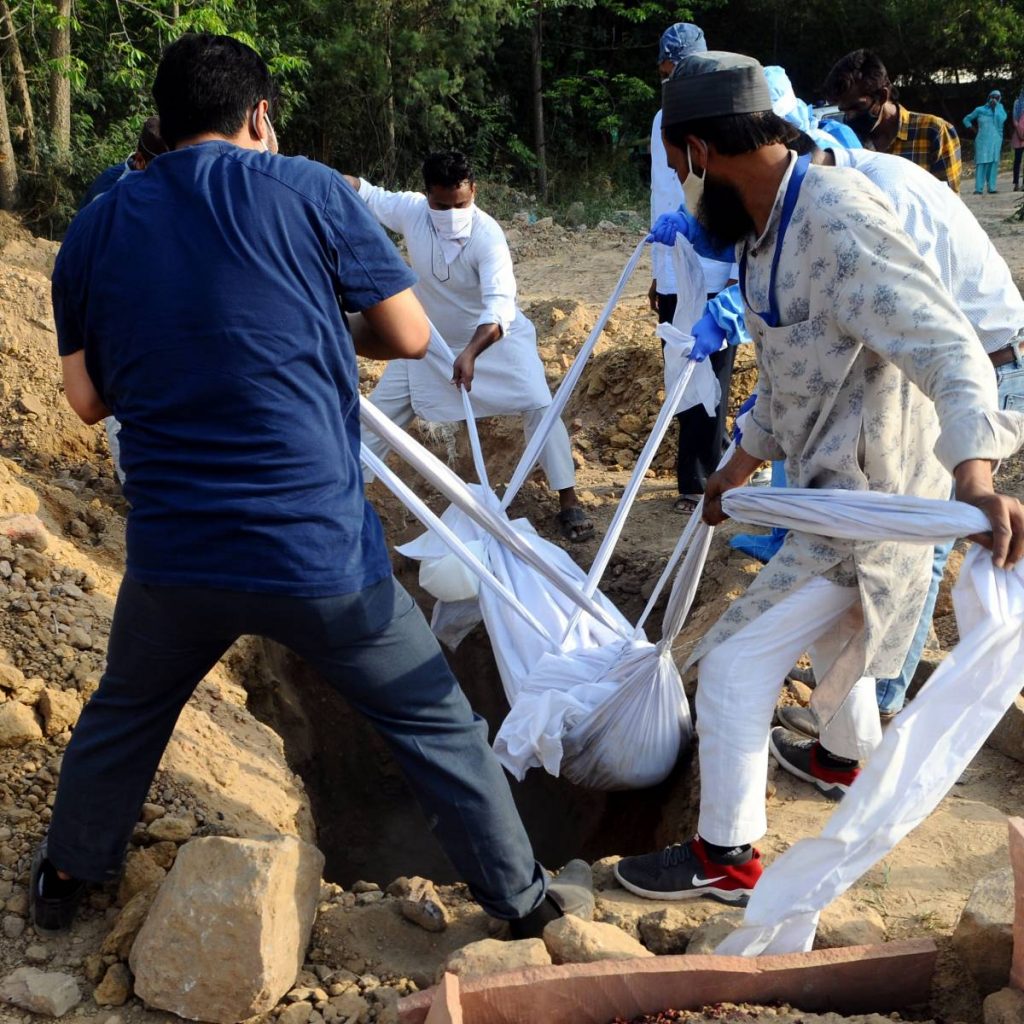
When the first wave of the Covid-19 outbreak was raging at its peak, India’s active cases only hovered over the 1 million mark briefly (for a period of five days between September 15 and September 20 last year).
This means that the current active caseload, and by extension the burden on the country’s hospitals and nursing homes, is more than double what the country saw even during the peak for the first wave.
This also makes India only the second country after the US to have more than 2 million active cases at any given point of time.
The metric is even more crucial in current circumstances because the country’s health care system is being weighed down by cases, particularly in regions that have massive chunks of active cases such as Maharashtra, Madhya Pradesh, Gujarat and Delhi, many of which have been reporting not only shortage of supplies such as oxygen tanks, but are also running out of ICU beds, and even space in morgues and funeral homes.

One of the major reasons to have caused an acute area-specific shortage of life-saving supplies is the uneven distribution of the active cases in the country.
Maharashtra, for instance, is home to only 9% of the country’s population, but is currently bearing the load of one of every three (33.4%) active cases in India. The western state, the worst-hit by Covid-19, had 678,198 active cases as of Tuesday morning.
Just the top 10 states by active cases are responsible for over 80% of all such cases.
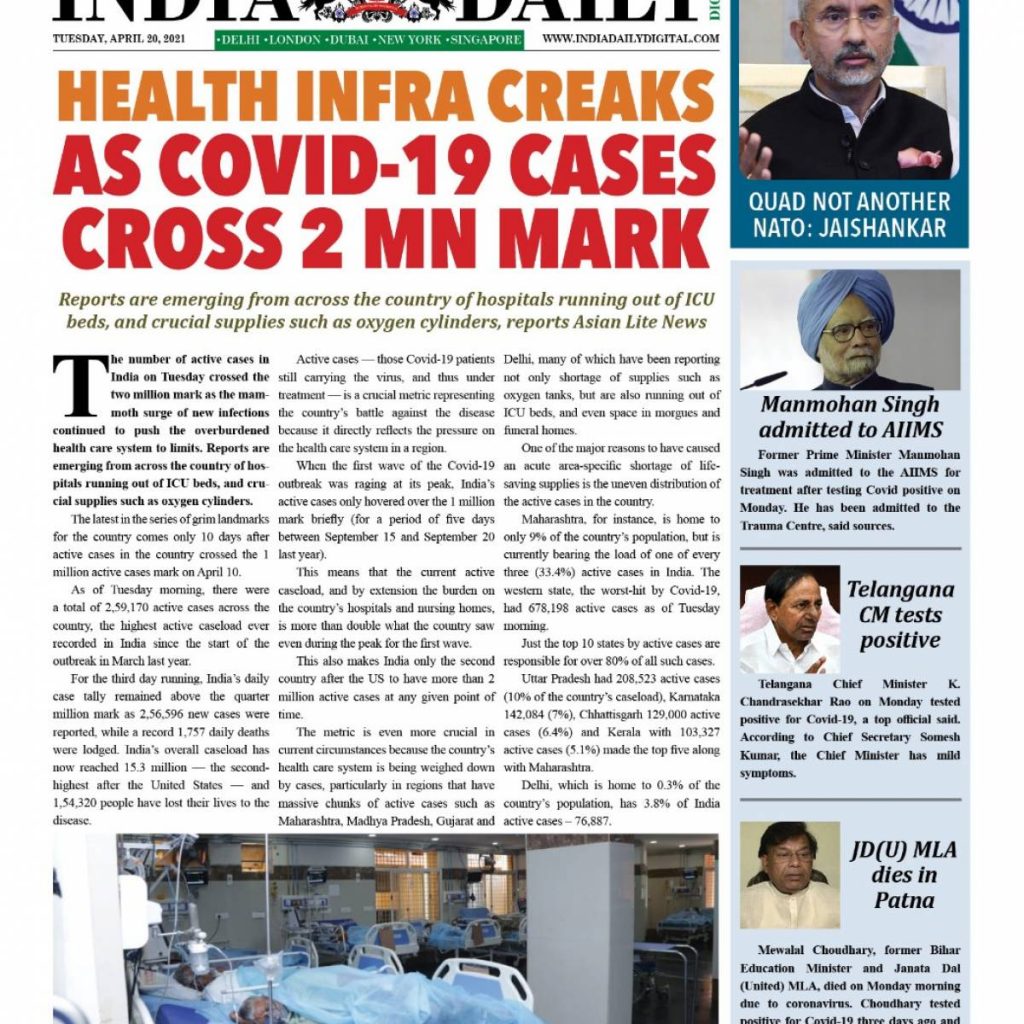
Delhi, which is home to 0.3% of the country’s population, has 3.8% of India active cases – 76,887.
Uttar Pradesh had 208,523 active cases (10% of the country’s caseload), Karnataka 142,084 (7%), Chhattisgarh 129,000 active cases (6.4%) and Kerala with 103,327 active cases (5.1%) made the top five along with Maharashtra.
Also Read-India’s migrants battle to survive again as COVID cases surge



